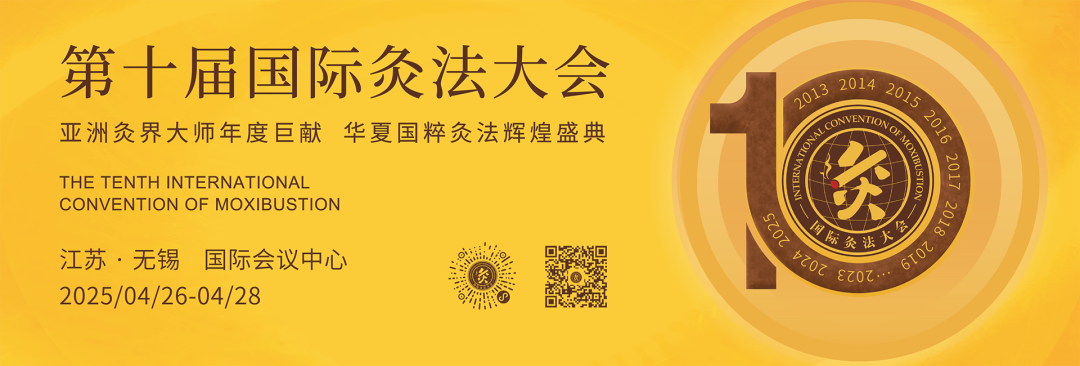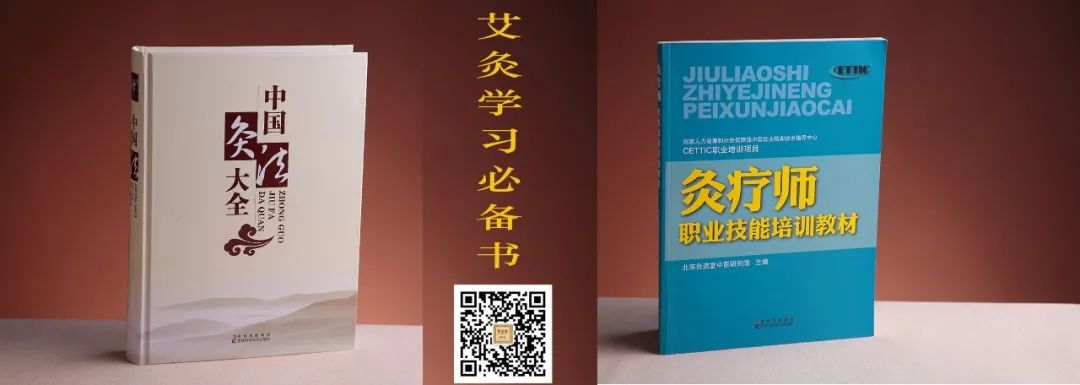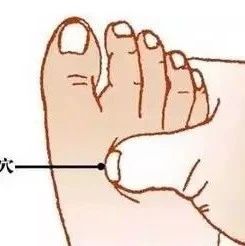
When Qi and Blood are Blocked in the Limbs, Moxibustion at the Four Gates is the Solution!
Qi and Blood are the carriers of life, nourishing the body and serving as the foundation for bodily functions. However, women often have a colder constitution, leading to stagnation of Qi and Blood. Compared to men, women are more prone to conditions such as scanty menstruation, amenorrhea, and dysmenorrhea, all of which are related to blocked Qi and Blood. Therefore, it is essential for women to unblock Qi and Blood.
The term “Qi” refers to the driving force that enables the organs to function. Physiologically, it maintains vitality, warms the body, and defends against external pathogens. In simple terms, “Qi” is like the “fuel” of the body, propelling the operation of the internal organs and maintaining normal body temperature to fend off various viral invasions!
In Traditional Chinese Medicine (TCM), “Blood” has two meanings: first, it refers to the “blood” that flows in the vessels, which nourishes and moistens the entire body; second, it is the carrier that operates alongside “Qi.” There is a saying in TCM: “Qi is the commander of Blood, and Blood is the mother of Qi.” Qi drives the movement of Blood, while Blood nourishes and enriches Qi.
The smooth flow of Qi and Blood is the foundation of health. So how can we unblock Qi and Blood? Simply open the gates of Qi and Blood in the limbs—through moxibustion at Hegu (LI4) and Taichong (LR3), collectively known as the Four Gates. Hegu and Taichong consist of four acupoints, representing the gates of Qi and Blood in the limbs, specifically:the two Hegu points on the hands and the two Taichong points on the feet, collectively referred to as the Four Gates.
Hegu and Taichong are a classic pair of acupoints, forming a prescription that harmonizes Yin and Yang, coordinates upper and lower points, balances Qi and Blood, and adjusts the internal organs!
① The two points, one Yin and one Yang, when moxibusted together, can harmonize Yin and Yang, restoring the body’s balance.
② The two points, one for Qi and one for Blood, can regulate and activate the circulation of Qi and Blood.
③ The two points, one for an organ and one for a viscera, can stimulate and adjust the internal organs simultaneously.
④ The two points, one ascending and one descending, ensure the continuous flow of Qi throughout the body, hence the term Four Gates.
Thus, the Four Gates can serve as primary or auxiliary points for treating diseases related to Qi stagnation, such as primary dysmenorrhea and headaches.
Regulating Dysmenorrhea with the Four Gates
First, let’s discuss dysmenorrhea, followed by headaches. Many practitioners have experienced dysmenorrhea, and recently, many have inquired about this issue. However, many do not know that dysmenorrhea can be classified into primary and secondary types.—
(1) What is primary dysmenorrhea?
Primary dysmenorrhea refers to menstrual pain that occurs without pelvic organ pathology, manifesting as abdominal pain, lower back pain, and a feeling of heaviness in the lower abdomen before or during menstruation. Severe cases may present with pale complexion, nausea, vomiting, and even fainting. Generally, as long as the menstrual flow is smooth, the abdominal pain can alleviate or disappear, leaving a feeling of fatigue afterward.
For young women, primary dysmenorrhea is often primarily due to Qi stagnation and Blood stasis! In TCM, the liver is considered the organ of women, and liver Qi prefers to flow freely while disliking stagnation. With the fast pace of modern life, stress often manifests as liver Qi stagnation in women—when Qi stagnates, Blood flow becomes obstructed, leading to accumulation in the uterus. When menstruation arrives, if the menstrual blood does not flow smoothly, it results in dysmenorrhea.
Therefore, when providing moxibustion recommendations for dysmenorrhea, the first step is to stimulate the Four Gates (Hegu and Taichong), opening the gates to regulate Qi flow, allowing Qi to circulate smoothly and menstrual blood to flow freely. Then, adding the pain-relieving point Neiguan (PC6) often alleviates or even eliminates dysmenorrhea. Moxibustion at these three points during dysmenorrhea (including during menstruation) should be done for 30 minutes per point, multiple times a day if pain persists.
(2) What is secondary dysmenorrhea?
Secondary dysmenorrhea is pain caused by gynecological conditions such as endometriosis or chronic pelvic inflammatory disease, commonly seen in women of childbearing age. This type of dysmenorrhea is more severe and prolonged, requiring more attention.
In such cases, simply moxibusting the Four Gates and Neiguan may be insufficient; additional points should be included—such as Yaoyangguan (DU3), Qihai (CV6), Guizhong (CV4), Zhibian (BL54), Zhongdu (SP6), Diji (SP8), and Sanyinjiao (SP6), with Yaoyangguan, Qihai, and Sanyinjiao being particularly important.
Each session should include moxibustion at 3-5 points, and during dysmenorrhea (including menstruation), moxibustion should be done for 15-20 minutes per limb point and 30-40 minutes per trunk point. The additional points can be moxibusted once a day, while the Four Gates and Neiguan can be done multiple times a day.
3. Regulating Headaches with the Four Gates
Due to the pairing of Hegu and Taichong, which is based on the relationship of one Qi and one Blood, one Yang and one Yin, one ascending and one descending, and their mutual dependence, the coordination of ascending and descending is achieved, which has the effect of regulating the internal organs, balancing Yin and Yang, promoting Qi and Blood flow, calming the liver, dispelling wind, and alleviating pain. The broad applicability and significant efficacy of these points are evident, as they are not only effective for dysmenorrhea but also for headaches.
Headaches are often caused by blockages in the head. Moxibustion at the Four Gates can divert Qi and Blood to the limbs, relieving pressure in the head and alleviating headaches. Therefore, the Four Gates have been widely used for headache treatment since ancient times. There are also many papers and case studies on acupuncture at the Four Gates for headache management. When providing moxibustion recommendations for headaches, it is essential to include the Four Gates, which often yields satisfactory results!
Headache, Moxibustion Points:
(1) Baihui (GV20)
(2) Pain points: areas of headache
(3) Dazhui (GV14)
(4) Hegu (LI4)
(5) Taichong (LR3)
Moxibustion method: It is best to use a hand-held moxa stick for moxibustion. Baihui can be accessed by parting the hair for moxibustion. If this is inconvenient, a moxibustion jar can be used. Each point should be moxibusted for about 30 minutes. Those who are suitable for moxibustion can gradually extend the duration. During severe headaches, moxibustion can be done multiple times a day until the pain subsides.
Since the Four Gates also have the effects of soothing the liver, regulating Qi, calming pain, dispelling wind, and relieving jaundice, they can be used not only for dysmenorrhea and headaches but also for conditions such as premenstrual syndrome, simple goiter, hyperthyroidism, hernias, insomnia, toothaches, rib pain, trigeminal neuralgia, stomach pain, facial paralysis, wind rash, urticaria, and jaundice!
Practitioners may consider widely trying moxibustion at the Four Gates when treating other diseases to unblock Qi and Blood in the limbs, as it may yield unexpected results!


